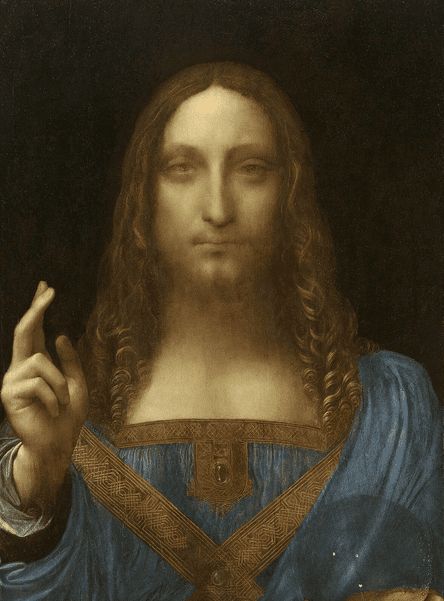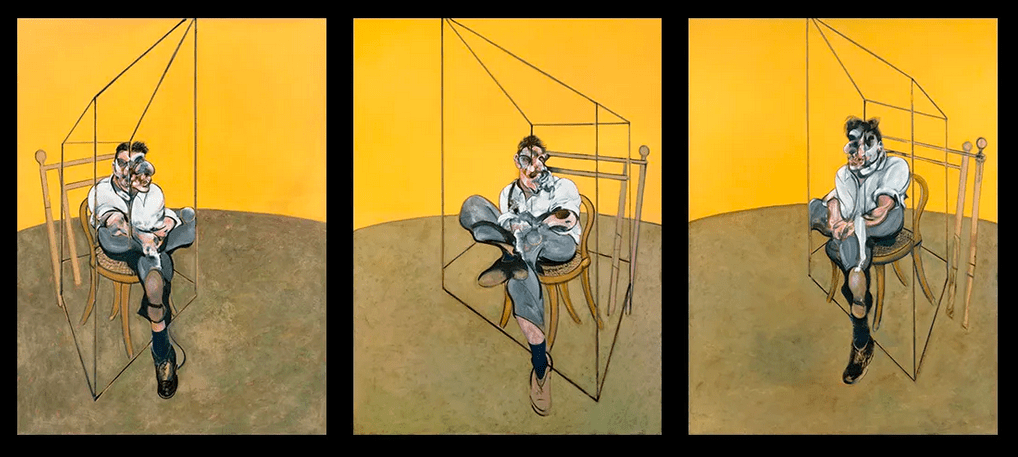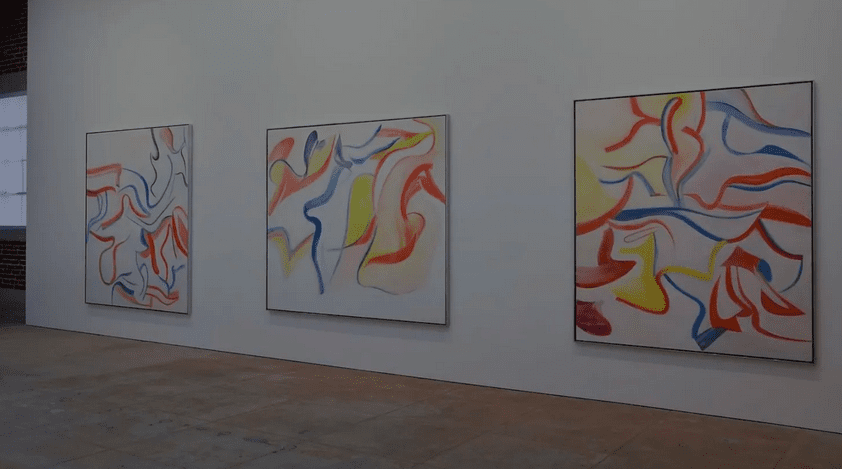Hello there, art lovers! Today, we’re diving into the wildly interesting world of art valuation. Ever wondered how those jaw-dropping prices for paintings and sculptures come about? Well, you’re in for a treat because we’re about to break it down for you in a casual way that even your grandma could understand.
Here’s the scoop: when it comes to art, there’s no price tag that magically appears. Nope, setting a value on a piece of art is a nice mix of talent, skill, materials, and, of course, the artist’s reputation. When an artist sells a piece for the first time, they usually set the price alongside their gallery. Factors like how long they worked on it, the materials used, and their portfolio all play into the final cost. So, if an artist spent months obsessing over their latest masterpiece and used gold leaf, you better believe they’re charging accordingly.

But once that artwork hits the resale market, things get a little more complicated. Auction houses like Christie’s and Sotheby’s come into play and start boosting those numbers based on how similar pieces have sold, their condition, and their history. I mean, who knew that “provenance” could actually be a buzzword? If two billionaires want the same piece, you can bet that the bidding war can make the price skyrocket.
And if you’re still scratching your head over how all of this works, professional appraisers, insurance companies, and even fancy AI tools are stepping in to offer some clarity. Yeah, that’s right—algorithms and robots are joining the art game now. They analyze trends and past sales to help determine more accurate prices. Wild stuff, huh?
Now, speaking of wild, let’s talk about the most expensive artwork ever sold. Drumroll, please! On November 15, 2017, an artwork called Salvator Mundi—a painting believed to be by Leonardo da Vinci—was auctioned off for a jaw-dropping $450.3 million at Christie’s in New York. That included the auction house’s commission, breaking all previous records. The painting, which shows Christ holding a crystal orb, might leave you asking how a painting can command a price so steep. Well, it was once purchased for just over a thousand bucks back in 2005! It’s like flipping a burger for a dollar and selling it for a fancy meal’s worth—talk about a turnaround!

The painting’s journey is pretty wild, too. It was rediscovered in New Orleans, only to be sold to a consortium of dealers. After a fancy restoration process by Dianne Dwyer Modestini, it made its way to Christie’s and was sold to Saudi Prince Mohammed bin Salman. But here’s the kicker: no one really knows where it is now! It might be hiding in Geneva waiting for a luxurious museum in Saudi Arabia. Talk about a mystery!
Before this record-shattering sale, the title for the most expensive artwork belonged to Willem de Kooning’s Interchange, which sold for about $300 million in September 2015. It was bought by billionaire Kenneth C. Griffin. So, yeah—it’s kind of a big deal. And let’s not forget about another heavyweight, Francis Bacon’s Three Studies of Lucian Freud, which went for $142.4 million in 2013. That one was like the ultimate buddy portrait gone wrong. Seriously, it captured a wild friendship with all its weirdness.
So there you have it, folks! A sneak peek into the intricate world of art pricing. Next time you stroll through a gallery or catch an auction, you might just look at those price tags with a little more curiosity (and maybe a dash of disbelief). Feel free to shoot me your thoughts on this topic, or ask me any questions you have. Until next time, keep soaking up that art and enjoying life. Catch you later!

Leave a Reply